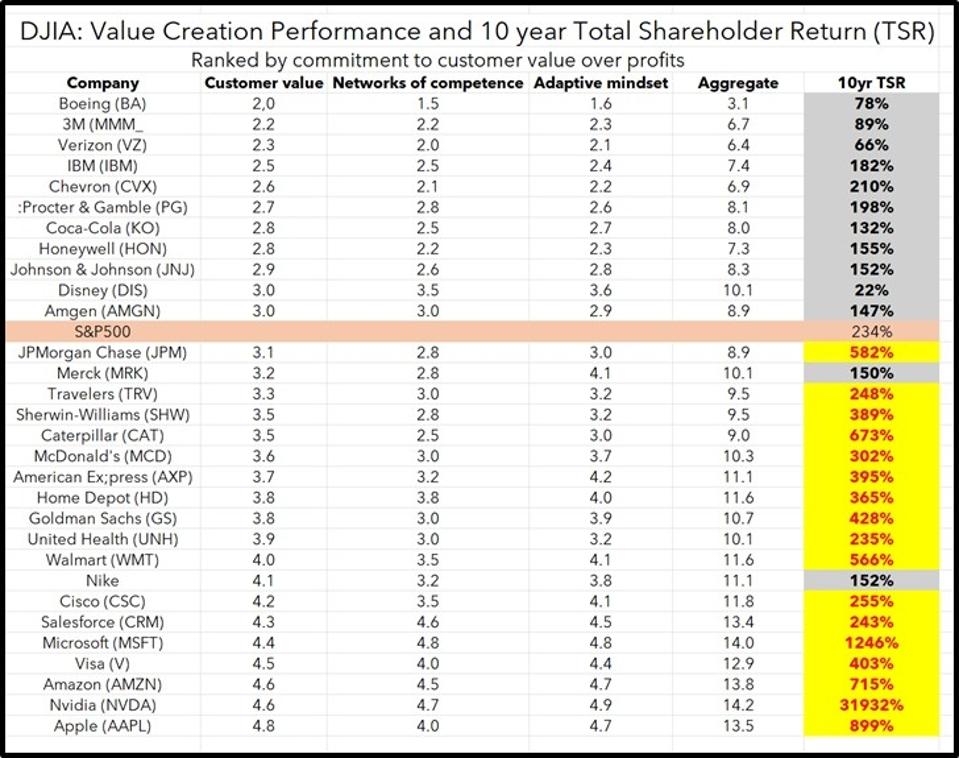In the fast-evolving landscape of modern management, few voices carry as much weight as Gary Hamel. A longstanding innovator and co-founder of the Management Lab, Hamel has long challenged the status quo. His seminal work, Humanocracy: Creating Organizations as Amazing as the People Inside Them, first published in 2020 and co-authored with Michele Zanini, struck a chord by diagnosing bureaucracy as the silent killer of innovation and human potential. Now, in the 2025 edition, Hamel refreshes his manifesto with new case studies, research, and reflections on post-pandemic organizational shifts. Clocking in at over 400 pages, this edition reinforces Hamel’s call to dismantle hierarchical rigidity and build “humanocracies”—structures that amplify employee creativity and resilience.
A Passionate Indictment Of Bureaucracy
At its core, the book is a passionate, data-driven indictment of bureaucracy, which Hamel estimates costs the global economy some $3 trillion annually in lost productivity. Drawing on examples from companies like Haier, Nucor, and Handelsbanken, he outlines eight principles (spanning Chapters 7-14) to guide transformation. The updates are timely, incorporating lessons from remote work booms and AI disruptions, making it a key reading for leaders navigating volatility.
The New Role Of ‘Principles’
An important contribution of the book is elevating the concept of “principles” to a a new level of prominence in management thinking. In Chapter 7, “Principles over Practices,” Hamel argues that lasting change stems from deeply held beliefs—viewing employees as entrepreneurs rather than resources to be manipulated—not just temporary targets or playbooks. . This meta-principle serves as a foundation for the rest, encouraging managers to question assumptions and foster adaptability, not just implement processes or frameworks. The 2025 edition bolsters this with fresh evidence, showing how principle-led approaches helped firms like the Vinci pivot during crises. By prioritizing the human dimension of workflow, Hamel’s book elevates management from a tactical exercise to a heartfelt journey.
The Human Element
Hamel’s emphasis is thus on the human element, placing adaptive mindsets ahead of mechanical processes and practices. He draws on stark statistics, such as the 80% global employee disengagement rate, to illustrate how bureaucracy stifles initiative. Instead, he advocates for environments that nurture curiosity, learning, and psychological safety. Chapters on “The Power of Experimentation” (13) and “Embracing Paradox” (14) highlight how embracing failure and ambiguity builds resilient teams. This human-centric lens is Hamel’s strength, reminding us that organizations are collections of people, not machines. Updated insights from post-2020 recoveries underscore how adaptive cultures outperformed rigid ones, adding practical weight to his arguments.
Ownership And Networks
Hamel also underlines the significance of ownership and networks in contemporary management. Chapter 8, “The Power of Ownership,” makes a strong case for granting employees autonomy and economic stakes—through profit-sharing or decision rights—to drive accountability and innovation. Examples abound: Nucor’s productivity bonuses yield three times the industry average output, while Handelsbanken’s decentralized branches deliver consistent returns on equity. Similarly, “The Power of Markets” (9) promotes internal competition and networks over hierarchies. “Networks of Competence Over Hierarchies,” as Hamel frames it, fosters collaboration without the drag of middle management. The updates expand on these, with new public-sector applications suggesting broader applicability.
But Where’s The Customer Primacy Principle?
Yet, for all its strengths, Humanocracy has a polite but persistent blind spot: it doesn’t fully recognize the primary importance of prioritizing customer value ahead of short-term profits. The customer is mentioned more than a hundred times, but customer-centricity is woven into examples, not a separate principle—such as Haier’s “zero distance” to users, or Southwest Airlines’ frontline empowerment for superior service. It’s treated as a byproduct of internal reforms, rather than the driving ninth principle. Peter Drucker, the father of modern management, famously asserted that a business’s only valid purpose is to create and keep customers. This mantra is repeatedly echoed by Magnificent Seven CEOs like Microsoft’s Satya Nadella and by European leaders like ASML’s Christophe Fouquet, who obsess over customer needs on daily basis to fuel astonishing long-term growth.
This oversight is a missed opportunity, especially given external evidence. A 2017 McKinsey report showed that 73% of top-performing companies prioritize customers over short-term costs, outperforming laggards by 47% in earnings and 36% in market capitalization. Short-termism, often enforced by Wall Street’s quarterly demands, helps perpetuates prioritizing profits ahead customer value, yet terms like “short-term profits” are absent from the book. The “customer” appears mostly in anecdotes, without rigorous analysis of the tension between profits and customer value. As one critique notes, this can make Hamel’s book seem inwardly focused, as if assuming employee empowerment automatically translates to customer delight—a questionable leap in today’s competitive arena.
To underscore the centrality of customer, consider this review of the 30 Dow Jones Industrial Average (DJIA) firms: a focus on customer value over short-term profits correlates tightly with 10-year total shareholder return (TSR).
Value Outperforms
A principle highlighting the link between long-term value creation and customer primacy would have strengthened Hamel’s thesis. Despite this gap, the 2025 Humanocracy remains a vital, lively read. Hamel’s prose is engaging, his arguments persuasive, and the updates ensure relevance. It’s not a panacea, but for executives weary of red tape, it points to more humane, higher-performing organizations. In a world craving agility, Hamel’s vision deserves attention—even if it could benefit from a customer focus principle.

